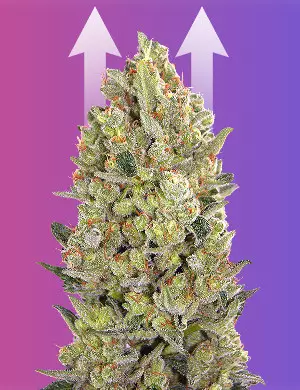
Backbuilding Technique: How To Pinch Cannabis For Fatter Buds
Last updated: 6 April 2021
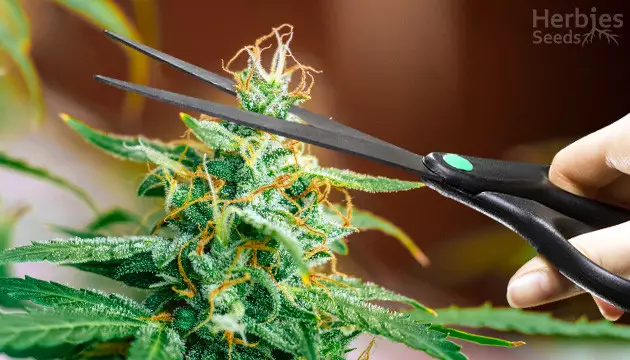
Training cannabis plants is one of the best ways to yield big and dense buds, but there are many techniques available, some more complex than others. Backbuilding buds is a technique pros use to effectively boost their crops with the smallest amount of effort. The general idea behind it is to cut the tips of the buds, forcing the plants to grow horizontally instead of vertically.
What Exactly Is Backbuilding?
Also known as bud pinching, this training method drives marijuana flowers to grow wider instead of taller. By cutting the tip of a bud, growers focus the plant’s energy into the lower sections of the pinched buds. While similar to the topping technique growers sometimes use in the vegetative stage, it’s not quite the same thing, and it can be used as an extra tool to maximize growth and make buds much denser and fatter.
When done properly, pinching buds creates thicker and more visually appealing cannabis. However, cannabis growers trying out this technique need to be cautious of how much they cut or pinch, as going overboard can stunt vertical growth. Much like a haircut, you can always cut more but you can’t reverse what you’ve done, so cut cautiously!
Why Does The Bud Swelling Technique Work?
In theory, trimming the tips of buds during the flowering stage causes a reaction from the plant to push growth toward the lower sections of the buds. Instead of cones growing longer from the tip as they mature, they’ll swell in size and density with the remaining space.
The bud swelling technique is controversial among growers, as there is no consensus on whether or not it actually increases yields. Some believe the buds only appear fatter due to the pinching, and that harvesting fewer bud sites with denser-looking flowers negatively affects overall yields.


However, like everything with cannabis growing, genetics and general growing practices are the largest contributing factors for the end product, and many believe this technique is useful for producing larger buds with greater bag appeal. Growers have also noted that certain strains may be more adaptive to this process. If you’re looking to try backbuilding out for yourself but are worried about ruining your plants, testing it out on only one section or a single plant is the way to go.
How Do I Properly Pinch Buds?
As one of the quickest and easiest-to-perform training techniques, bud backbuilding is accessible to growers of any experience level. Let’s dive into the equipment you’ll need and the process itself.
Equipment
You’ll only need a clean, disinfected pair of scissors, shears, or whatever your cutting tool of choice is. Whenever you’re causing damage to your plant, you put it at risk of disease and mold, so be sure to clean your scissors and surrounding space well.
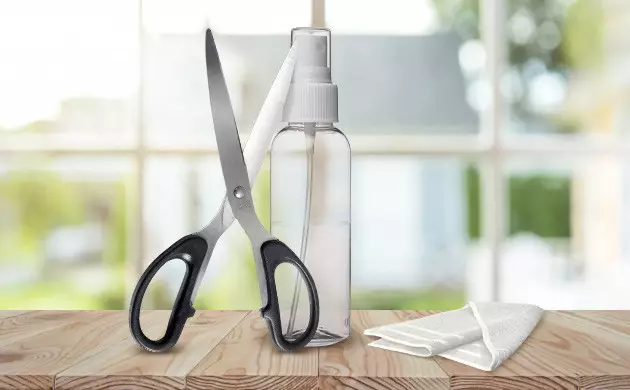
The Process
There’s no definitive way to do backbuilding so finding the best way to use this technique requires a bit of trial and error.
- Start by disinfecting your hands as well as your cutting tool.
- Pick out the bud you plan on cutting and snip off about 1/16 to 1/2 inch from the top of the cola. Remember, cutting too much can be detrimental, so start with smaller cuts to get a feel for how much to snip.
- You can repeat this process every 10 to 14 days in the same area you initially cut. When done properly, you should get fatter-growing buds.
- Make sure to stop cutting a couple of weeks before harvesting to allow the plant time to recover.
When Do I Start Backbuilding?
Typically, growers start backbuilding somewhere around the midpoint of the flowering stage. Some start during the third to fifth week of flowering, while others wait until after six weeks. Generally speaking, you can begin once the buds have developed to a stage you feel comfortable cutting and training them.
Taking Care Of Pinched Buds
Damaging your flower buds is always a bit risky, but worthwhile if done properly. Once cut, the buds are more susceptible to disease and mold, but with enough airflow, you shouldn’t run into any issues.
If you’re looking to try this out, watch your grow space’s humidity levels carefully. Adding a fan to your space is a quick and easy way to reduce the likelihood of any issues coming from backbuilding.
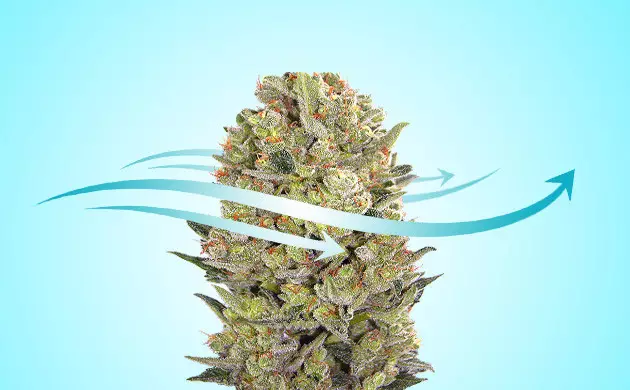
How You Can Expand The Success Of This Technique
Getting large yields out of their cannabis plants is typically a grower’s goal, and backbuilding is one of many training techniques that can help. While there isn’t definitive proof this works, many pro growers stand by the process and find success using this method. Paired with other techniques including low-stress training, high-stress training, topping, and other approaches, growers can potentially greatly increase the amount and quality of their yields.
Nothing To Lose, And Lots To Gain
If you’re looking to just test the bud swelling technique out and see the results for yourself, a good option is to trial it on a small amount of your crop. Pinching a single plant or even just one cola and comparing the sizes at harvest time gives you the ability to experiment without risking a total loss. In other words, this method is a great low-effort training tool for any cannabis grower to try out.
Herbies Head Shop expressly refuses to support the use, production, or supply of illegal substances. For more details read our Legal Disclaimer.



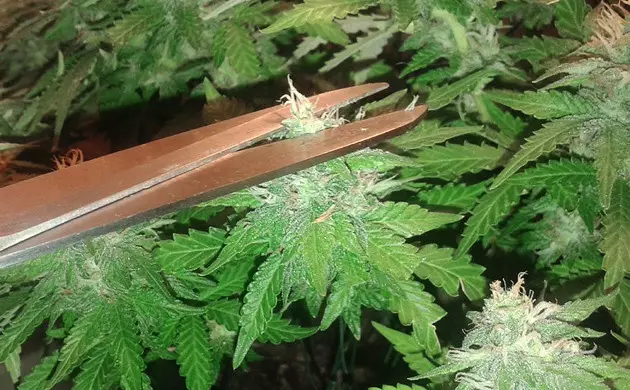




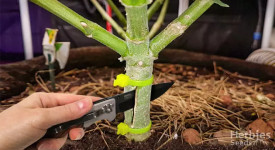



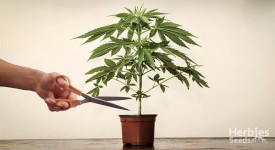

Thank you for leaving a comment for us!
Your feedback will be posted shortly after our moderator checks it.
Please note that we don’t publish reviews that: